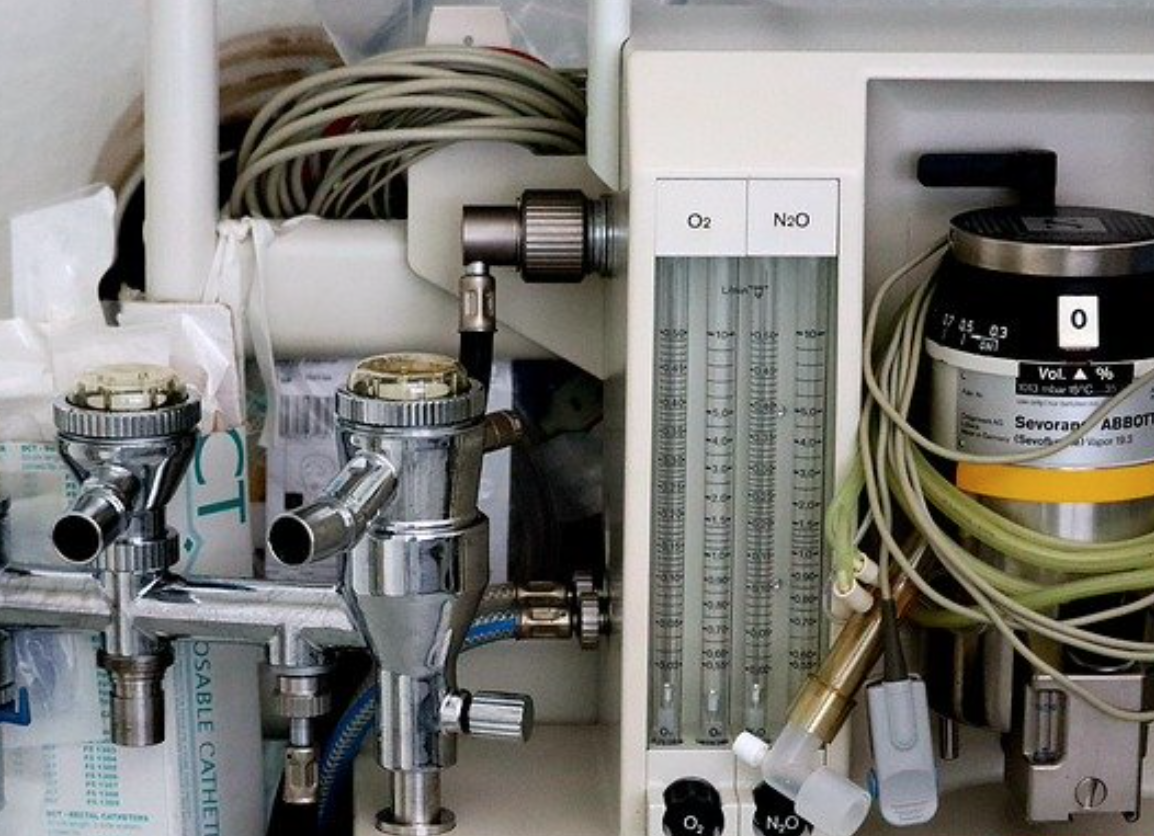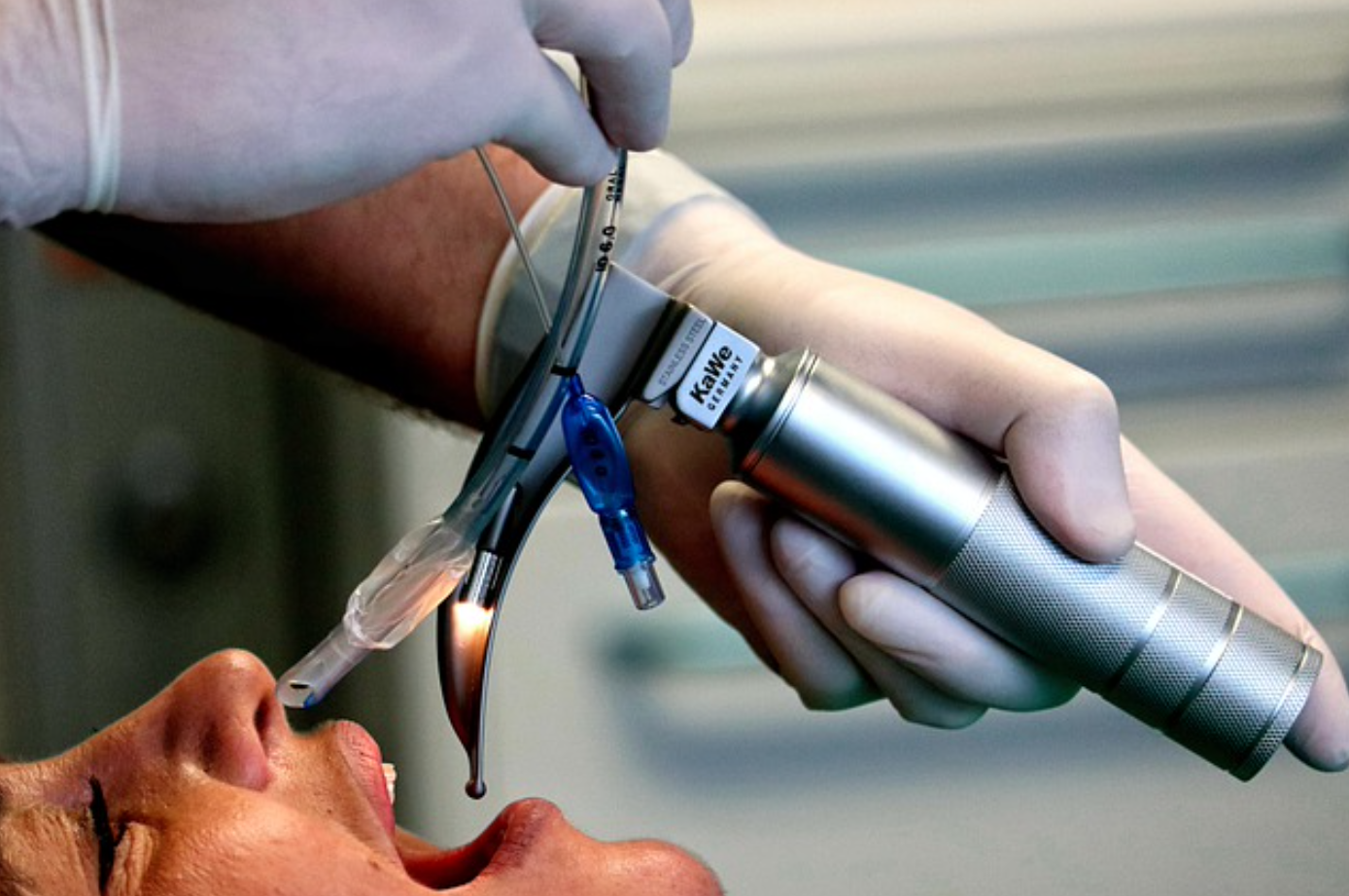Anesthesia Errors: Your Legal Rights

Anesthesia Errors: Your Legal Rights
Nearly everyone in their lifetime will receive anesthesia medication. Anesthesia medication is administered through local injection or via a mouth or nose mask to block sensation, particularly pain, by numbing or causing unconsciousness.However, even with computerized and high-tech medical equipment, anesthesia errors still happen, and they are dangerous, even fatal.Whether done by a dentist or during surgeries, anesthesia uses a combination of drugs, thus making it a potentially complicated medical procedure. That said, the nature of anesthetics means patients need careful monitoring to prevent errors.Understanding anesthesiaAdministered by an anesthesiologist, anesthesia leaves an individual in either a fully unconscious or semi-conscious state. It requires close monitoring of the patient's functions and vital signs by a highly-trained anesthesiologist.Types of anesthesiaGeneral anesthesia involves different medications to make the patient wholly unconscious or in a deep sleep state before a medical procedure. Best for significant procedures like heart or joint surgery.Local anesthesia: This anesthesia works well by numbing a particular part of the body either through applied topical medication or injection. It's used mainly by dermatologists, dentists, or minor procedures like wound stitching. Regional anesthesia: This is administration of anesthesia to some parts of the patient's body (which requires surgery) but near the bunch of nerves or a nerve or spinal cord, like spinal and epidural anesthesia. Though anesthesia is commonly used, it has its share of risks. The wrong kind of anesthesia, too little or too much, may result in injuries or even death. So, what are the anesthesia errors?
 Image by Tho-Ge, via Pixabay.com.
Image by Tho-Ge, via Pixabay.com.
Dosage error: Administering the wrong dosage (too much/too little) of anesthesia medication may affect the patient. An overdose may extend the patient's sedation period, which can lead to coma or brain damage. In contrast, an insufficient dosage may lead to the patient waking up during the procedure causing agony and suffering.
Failure to monitor: The anesthetist’s responsibility is to regulate and monitor the patient’s heart rate, oxygen, and consciousness level, among other responsibilities. That said, failure to carefully monitor the patient may put them at risk of brain injury and even death.
Delayed anesthesia delivery: This error occurs due to IV errors, syringe swapping, and vaporizer leakage leading to surgery complications
Failure to intubate: An anesthesiologist should intubate the patient to maintain proper airways, allowing them to breathe well during the surgery procedure. In case of intubation, error, and failure to keep the airways well functioning may lead to neurological problems, cardiovascular failure, teeth, trachea, larynx, lips trauma.
Anesthesia awareness: Anesthesia awareness occurs when the patient receives insufficient anesthesia medication, making them aware of the surgery/other procedures. However, due to the paralytic drug still in them, they can't communicate well, leading to suffering and feeling of excruciating pain during surgery. It's estimated around 20,000-40,000 patients in America undergo anesthesia awareness.
Defective medical devices or equipment
Communication errors: Anesthetists should keep the attending surgeon(s) and other medical personnel present aware of the patient's condition and vital signs regularly during surgery. Failure to provide them with accurate information promptly can cause the patient to suffer serious complications. Other communication errors include not giving proper instructions on what the patient should drink or eat before the surgical procedure.
Leaving the patient unattended: Sometimes, hospitals can get hectic leading to distraction and leaving the patient unattended. Failure to carefully monitor the patient can lead to distress and complications.
Intentionally or accidentally, turning off the pulse oximeter alarm, preventing proper measuring of the patient's blood oxygen level.
Failure of the medical team to recognize patient complications as they develop.
Pneumonia
Tooth/larynx damage
Brain damage
Blood clots
Nerve damage
Death
Coma
Spinal cord injuries
Loss of bodily functions
Cognitive disabilities

